Coyotes, who are also called prairie wolves or brush wolves, are members of the canine family. Though they resemble a wolf, they’re two completely different species. In fact, there are 19 coyote subspecies. Take a look below for 26 more interesting and bizarre facts about coyotes.
1. Coyotes are characterized by their narrow, pointed snout, greyish brown to yellowish grey fur and reddish brown forelegs. They usually have bushy, black tipped tails with white colored fur below their top coat.
2. Coyotes can be found in western North America and Central America. They can range anywhere from Alaska and north Canada, to all the way south through the continental United States and Mexico. Currently, there’s even coyotes in Panama.
3. At one point, coyotes lived in open prairies and deserts, but now freely roam forests and mountains.
4. A coyotes average lifespan in the wild is around 10 to 14 years, while captive coyotes live to be around 20 years old, due to better living conditions.
5. While a lot of coyotes stick to wild, many can be found in human populated areas such as rural farms, suburbs and cities.
6. Though they’re smaller than wolves, they’re bigger than dogs. They can be between 81 to 94 centimeters, about 32 to 37 inches, from head to bottom. Their tails add another 41 centimeters, or 16 inches, to their overall length. On average, they weigh anywhere from 9 to 23 kilograms, or about 20 to 50 pounds.
7. Like dogs, coyotes mark their territory with urine.
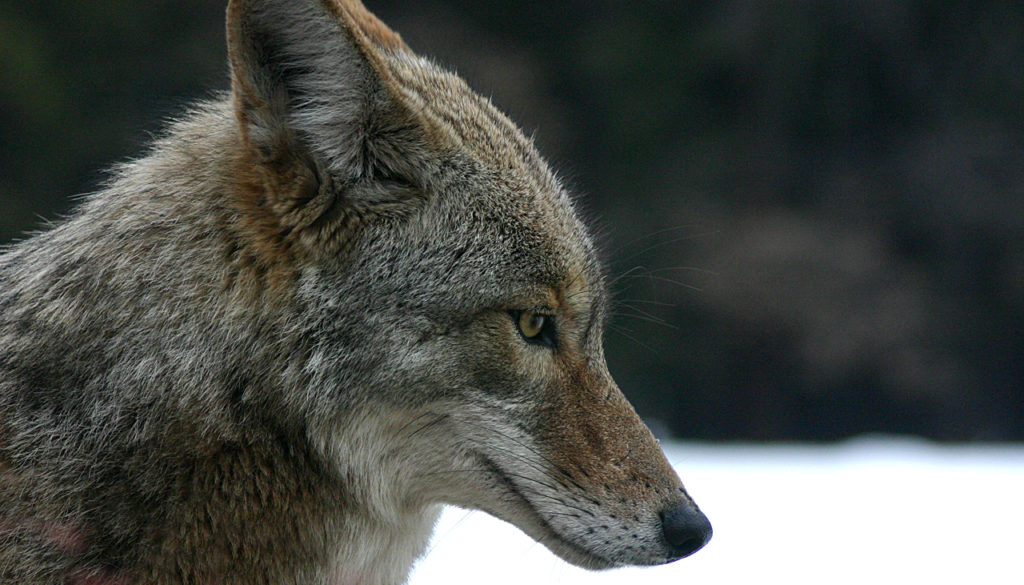
8. They like to be solitary, but have been seen to travel and hunt in packs. This makes them semi-social animals.
9. A coyotes behavior and social interaction will vary greatly on the season and where it’s located.
10. Coyotes are classified as carnivores, however, they tend to be omnivores as they will eat anything that they come across. This includes: rabbits, rodents, birds, fish, frogs, deer, insects, snakes, fruit, grass and carrion.
11. They’re mostly diurnal or crepuscular, which means that they’re active at dawn and dusk. However, coyotes that reside close to human settlements tend to be more nocturnal as they try to stay clear of people.
12. Coyotes are very good runners as they can reach speeds of 65 kilometers, or 40 miles, per hour and they can jump over 4 meters, or 13 feet.
13. Their hunting strategy depends on the prey that they’re chasing. If they’re hunting a small prey, it will hunt alone while larger prey, such as deer, require a pack to hunt down.
14. They’re good swimmers. They’ve been known to escape predators by jumping in the water and swimming away.
15. They have an amazing sense of smell, sight and hearing. This makes them extremely difficult to catch and very good at hunting.
16. When they sense a predator nearby, coyotes begin to silently walk on the tips of their toes.
17. Their main predators are bears, cougars, wolves and humans. Humans are their most dangerous predators as they treat coyotes as pests and will hunt and kill them to protect their livestock.
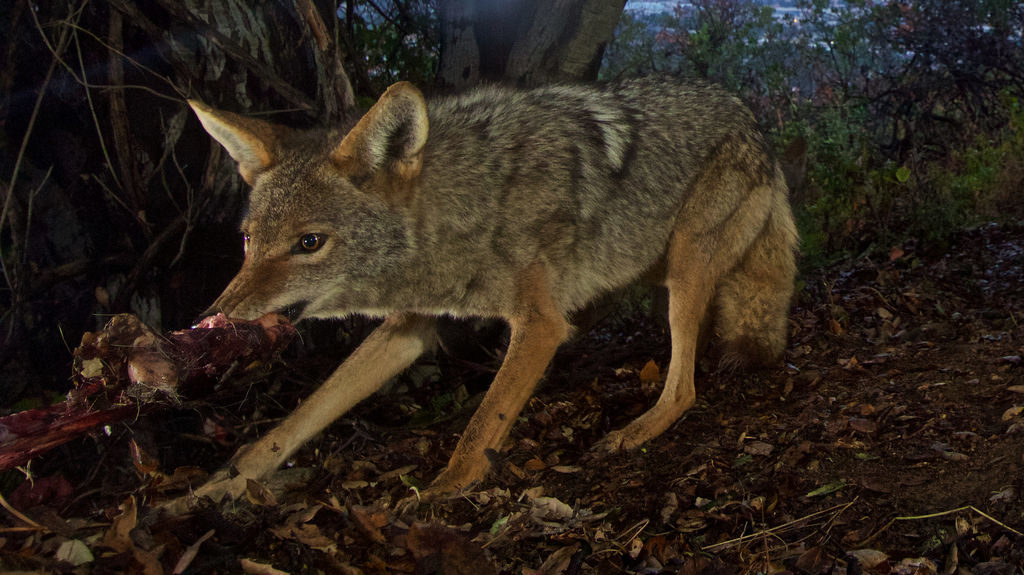
18. They’re able to use long howls to report its location, short barks to warn of incoming danger, yips when reuniting with known pack members, growls when they’re establishing dominance, whines and whimpers when bonding, and high pitched barks when looking for their offspring.
19. For the most part, coyotes are monogamous and maintain bonds that can last for a decade.
20. Their breeding season lasts from December to March. The female coyote will remain pregnant for 60 to 63 days and will give birth to 4 to 7 pups.
21. Both the female and male coyote will take care of the offspring, sometimes with the help of an older pup.
22. They’re known for making dens in rocky crevices, dense thickets and sometimes in dens of other animals.
23. After 9 months, pups begin to be close to adult size. At this time, most will begin to leave the pack while others stay to help their parents with new offspring.
24. In Native American culture, the coyote appears as a savvy and clever beast.
25. Tribes, such as the Chinook, Paiute, Maidu, Pawnee, Tohono O’odham and Ute, portray the coyote as the companion of the creator.
26. The scientific name for the coyote is Canis latrans, which translates to “barking dog.”

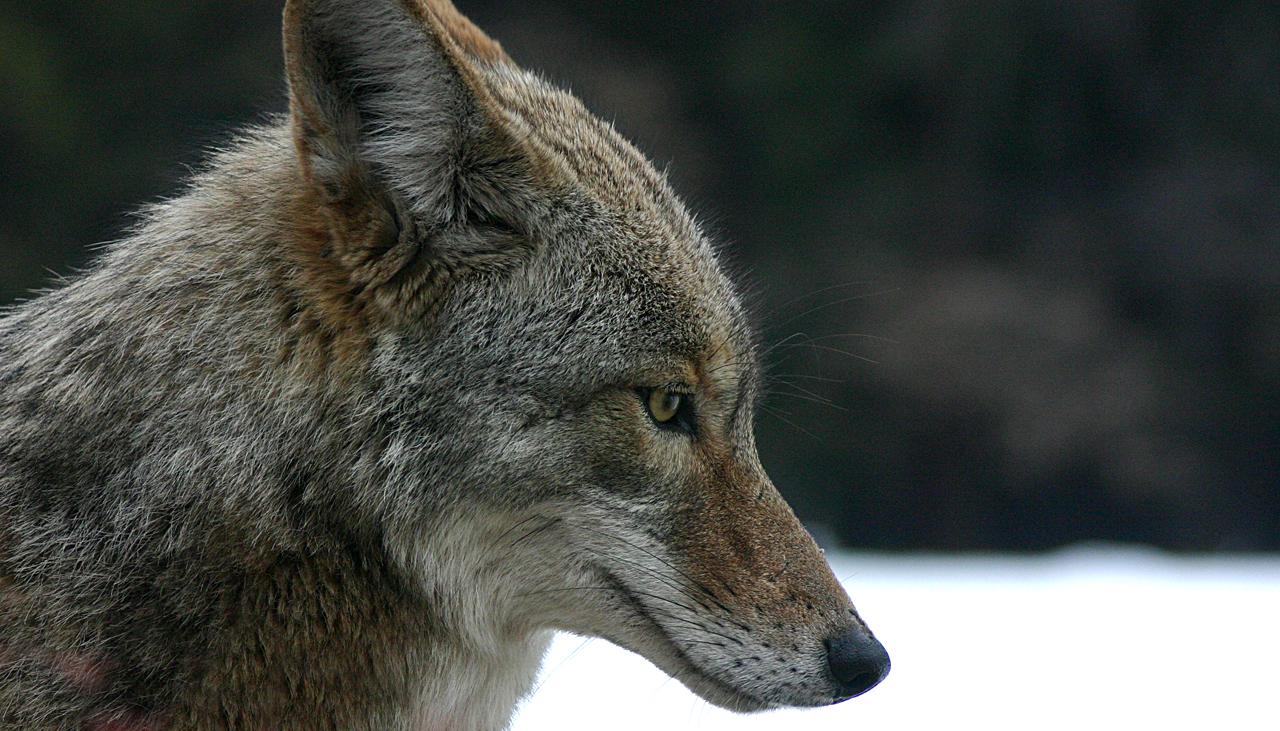
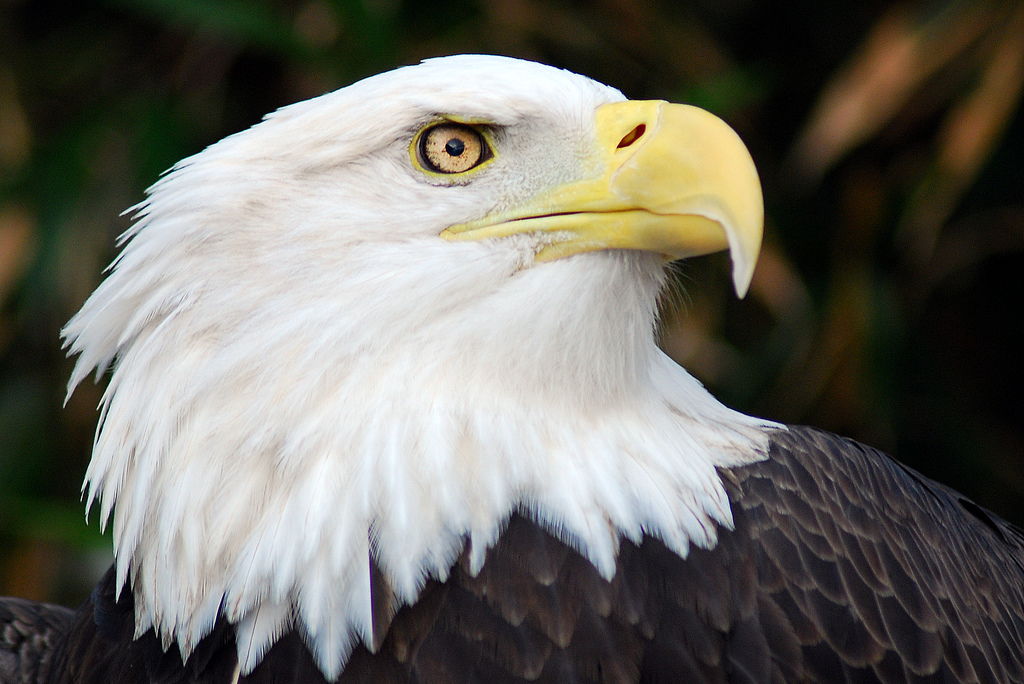
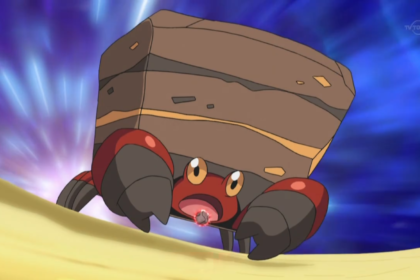

2 Comments
Pingback:
December 28, 2017 at 12:42 pmPingback:
December 31, 2017 at 6:27 pm